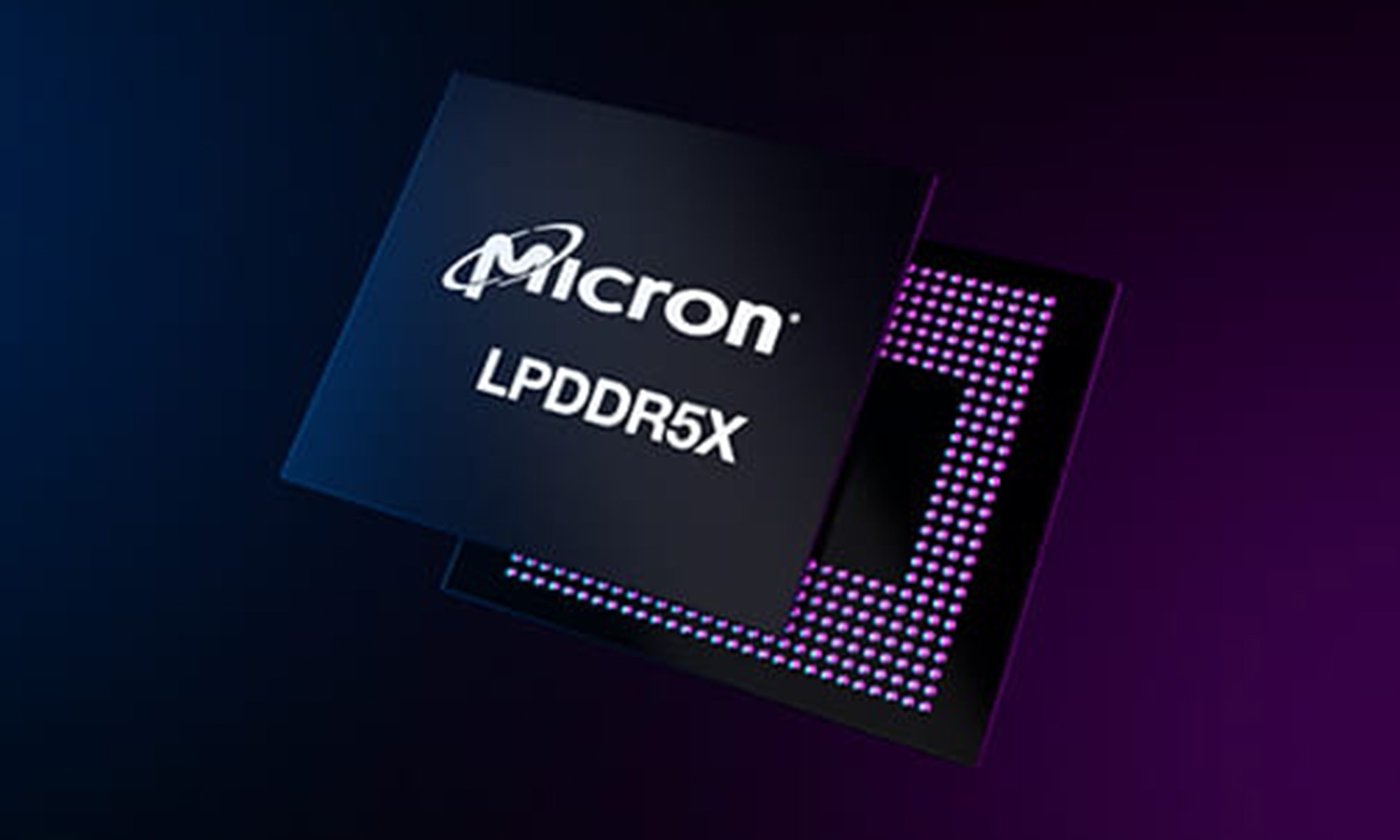The stock market continues one of the best, longest bull runs in memory. And for a number of reasons, the market has also been "expensive" by more than one valuation measure for quite some time. While that doesn't guarantee that any kind of crash or correction is imminent -- the market has been pricey for a few years now -- you may be looking for a bigger margin of safety that can be found with value stocks.
With that in mind, we decided to take a deeper look for value. Three of our investors identified Starbucks Corporation (SBUX 0.31%), International Business Machines Corp. (IBM +2.59%), and Micron Technology, Inc. (MU +7.68%) as not only trading for a solid value at recent prices, but also worth buying. Keep reading to learn why they made the cut for these three successful investors.

Image source: Getty Images.
Starbucks is cheap
Jason Hall (Starbucks): Trading for less than 17 times forward earnings, Starbucks is as cheap as it's been in a very long time. And for good reason, since the coffee giant has struggled to continue growing sales in its massive U.S. business over the past year. These struggles resulted in the company's lowering its own long-term expectations, dropping same-restaurant sales -- also called comps -- growth guidance to 3%-5% on a consolidated business after years of steadily delivering 5%-plus comps growth. In short, it's because Starbucks can't count on its U.S. business delivering 5% or better comps basis going forward. Over the past year, it's been 2%-3%. And while that's a very good number for most retailers, the market has proven unwilling to pay as much of a premium. As of this writing, Starbucks' stock is down 13.3% from its all-time high.

Image source: Starbucks.
But I think the market is ignoring a wonderful opportunity to invest in the next big phase of Starbucks' growth. Last year, the company took control over its entire mainland China operations from a franchise partner, and now it controls its own destiny in what is likely to eventually become an even bigger market than the U.S. for the company. That's a huge deal.
Combined with its other growth drivers, including food, non-coffee beverages, and Roastery and Reserve stores, Starbucks' prospects are as good as ever. At the current share price, you can buy that growth potential for a very, very good value.
Three letters are all you need
Dan Caplinger (IBM): The technology industry has been red-hot lately, but one player that has largely gotten the cold shoulder is IBM. After having successfully pivoted from a heavy hardware focus in the 20th century to embrace the move toward software and services in the early 2000s, Big Blue nevertheless failed to keep up with the rapid pace of innovation among major tech giants. The result has been stagnant share-price performance that puts a valuation of just 12 times forward earnings on IBM stock.

IBM is successfully making the shift from hardware to services. Image source: Getty Images.
IBM also has a lot of promise in the coming year. Most investors expect the company to return to revenue growth after five years of falling top-line performance. Some of those gains will come from the release of new mainframe systems, beginning a new product cycle that should drive some incremental gains. Yet the greater potential comes from applications like the Watson artificial intelligence initiative, which could help revolutionize industries across the corporate spectrum. For instance, healthcare is a promising area for AI research, with care management, drug research, clinical trial logistics, and optimizing selection of available treatments for key diseases all posing opportunities for IBM to put its technology to greater use.
IBM still has plenty of competition, so its success is far from assured. Yet at an attractive valuation, Big Blue offers a margin of safety that's hard to find elsewhere in the technology sector.
Memories...
Danny Vena (Micron Technology): Unless you are a techie, you've probably never heard of Micron Technology. The semiconductor company is one of the world's largest producers of DRAM and NAND flash memory chips. Micron has been on a roll, with its share price up 87% in 2017.
Despite that rally, Micron still trades at a significant discount to its industry peers. From a price-to-earnings perspective, the semiconductor industry sports a trailing-12-month multiple of 11 for the fourth quarter of 2017. Micron, on the other hand, is priced at just six times trailing earnings. Its forward multiple is even more attractive at just four times forward earnings. So what's causing this bearish take?

Image source: Getty Images.
Previous boom or bust cycles and price wars in the industry have given way to decreased production capacity, and prices for the company's memory chips have soared. Investors have been hesitant to embrace this new reality, fearing a return to the all-or-nothing cycles of the past.
Memory used in the areas of artificial intelligence, the Internet of Things, and cloud computing have driven demand for the company's core chips.
These recent technological revolutions have led to changing fortunes for the chipmaker. For Micron's fiscal 2018 first quarter, the company reported revenue of $6.8 billion, an increase of 71% over the prior-year quarter, beating consensus estimates of $6.45 billion and Micron's own forecast of $6.1 billion to $6.5 billion. Net income grew to $2.68 billion, up nearly 15 times year over year. Adjusted earnings of $2.45 per share beat consensus estimates of $2.20 per share and also beat Micron's forecast of $2.09 to $2.23 per share. Shipments to both cloud and enterprise customers jumped 50% year over year.
Get this chipmaker now -- before the market embraces the new paradigm.








